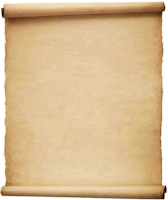 |
| Museum |
Where
could you go to see an Egyptian mummy or the paintings of great artists? Where could you see the bones of dinosaur? The
answer is “a museum.”
Just
you may collect stamps or coins, museums are places that collect and display
valuable art works, stuffed animals and many other interesting historical and
scientific objects.
The
first museums were founded in ancient Egypt. They
were usually places where art, music and the sciences were studied. Museums as we know them did not develop until
many centuries later.
They
grew out of the private collections of works of art and other treasures started
by wealthy people during the Middle Ages.
Today there are many different kinds of museums to visit. Art museums, for example, collect and show
paintings, statues and other masterpieces of art.













